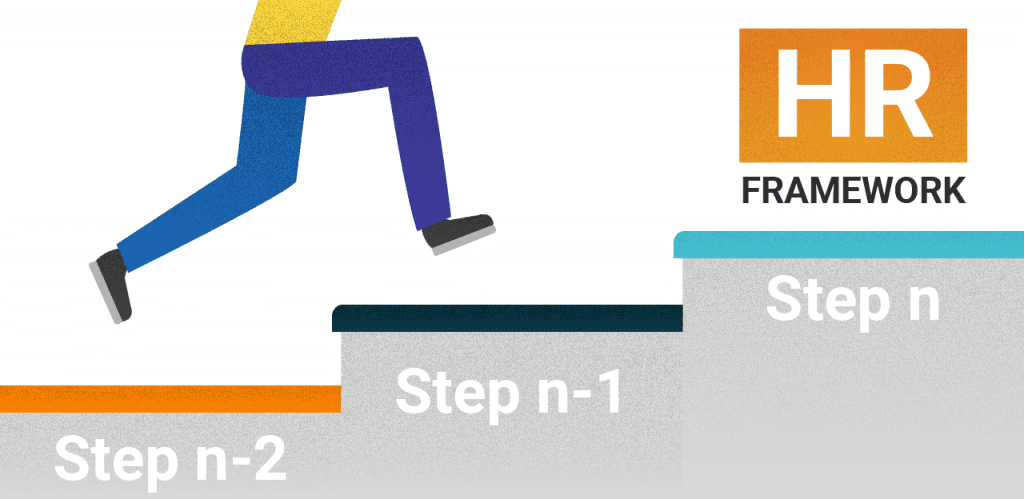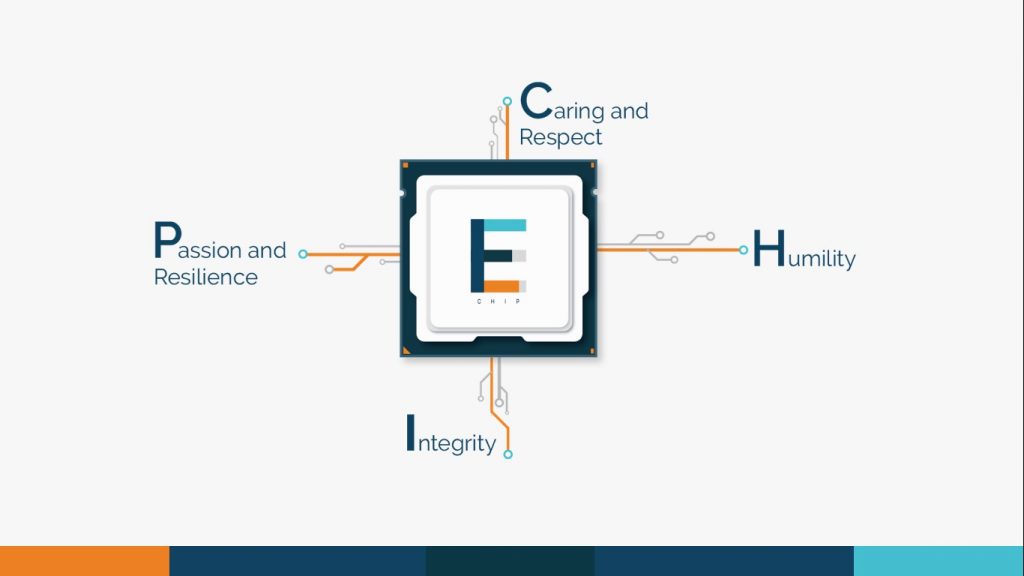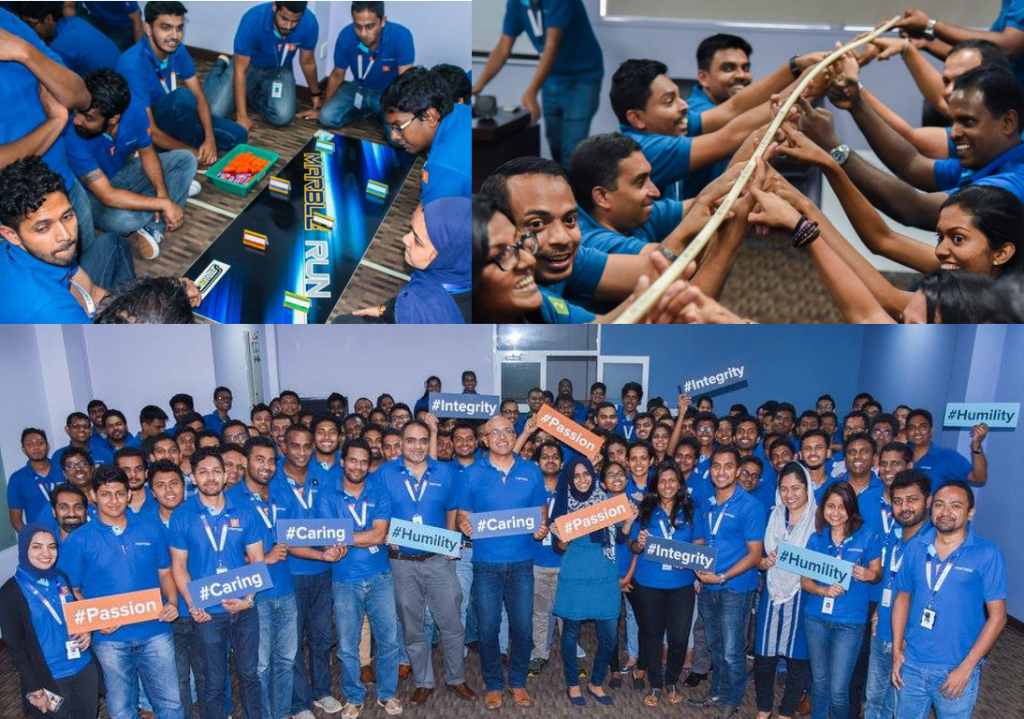
No matter the size of the organization, change is inevitable and is an essential component for growth. The name change last year was a part of a corporate redefinition of its branding strategy. Along with the name change, Fortude unveiled a new strategy, logo, and a new website with rebranded marketing collateral. To enable Fortude to embrace this paradigm shift, and to develop the competencies that would help us go further in its new direction, Fortude was looking for a custom-made HR framework.
The HR Next Project
To embark on the journey of developing a new HR framework, we needed to pick the right strategic partner to help us through the process. We wanted a partner who has had experience executing similar projects with companies with the same domain as Fortude. Codenamed “The HR Next Project”, the process of building a new HR framework was kicked off with The Society of Human Resource Management (SHRM) India. The project spanned across nine months in three phases
The objectives
The purpose of “The HR Next Project” was to achieve the following:
- Define the company purpose and values
- Establish a performance management framework with a behavioral competency framework
Defining the Purpose and Values—a collaborative effort
The purpose and values were formulated and implemented in the following manner:- Conducted a survey on other global tech companies we benchmark against, what we value and what fortude would want to be known for etc.
- SHRM India conducted a workshop with the Fortude Management team to brainstorm, analyze, eliminate and evaluate the results of the survey, following which the company values and purpose were formulated. The outcome of the workshop was “Deliver solutions that matter”—a tagline that defines the purpose of Fortude and the four values: Charing & Respect, Humility, Integrity, and Passion & Resilience which formed the acronym CHIP.

How do we codify them?
Once the purpose and values were defined, the next big hurdle was bringing them to life. How do we inculcate these values within Fortude not just in Sri Lanka but globally? To overcome this challenge, we selected a partner who has experience in delivering employee engagement and synergy building programs—Sandbox—to help us with the launch. Here’s how we did it:
- To build hype, we ran a teaser campaign before officially launching the purpose and the values. The campaign included displaying different values and vision statements from leading tech companies on Fortude internal media.
- On the day of the event, Fortude team in Sri Lanka divided into teams and engaged in a series of activities, culminating in a word puzzle that revealed the values. The winners got to pose for a picture with the particular value they unlocked. The pictures were immediately uploaded to the corporate Facebook page allowing our overseas employees to keep up with the activities.
- Finally, a global team meeting was held.

While using internal media such as digital signage, and Yammer to create awareness, we incorporated values in our three-month checks and confirmation checks at six months. We believe values need to be inculcated at the start and they are lived by every day. This was the first phase of the three-phase project.
Building an HR Framework
We started out by surveying over 50% of our employees via focus groups and one-on-one discussions, which helped us uncover the behavioral gaps within the company. We asked the management about the types of behaviors that they would like to see in employees and their team members, and how they would like to see these behaviors grow as these individuals proceed with their tenure.
The greatest encouragement in this endeavor was the overwhelming backing from the participants to implement a competency framework. One of the biggest pain points was determining the measurement scale for the competencies and the method of measuring them. A lot of thought had to go into it due to the non-linear means of measuring competencies, and then assigning a numeric value.
The consultants from SHRM went back with all the learnings, feedback, and experiences, and came to us with the finalized framework. The framework was presented to us, once again, via a workshop, which introduced six competencies with a step up model.
The Performance Management Framework
The framework described each competency in detail, and the behaviors that needed to be adhered to be deemed competent under four scales: needs help, rarely displays, often displays and always displays with a list of highly undesirable behaviors. Competencies in a technology services organization are based on technology know how: how much you know, the level of experience, and breadth and depth of learning. However, the types of ‘non-technical’ competencies that we are talking about here are unfamiliar to techy folks.Structured Development
During the first year, we decided to break down and run the competency evaluations by quarters. This allowed employees to discover and grow their competencies throughout the year, using each quarterly evaluation as a stepping stone. Before we launched the performance management framework, we opened out a competition to name the performance management framework. Out of the numerous names that poured in, we chose “DNA” because these competencies defined what it means to be an ideal Fortudite.Communicating the framework
We launched ‘competency week.’ Each competency carried a lot of weight, and employees needed to absorb what each competency meant, and how much effort was required to become truly competent in it. Each week, Fortude’s internal media such as Yammer and digital signage carried a video focusing a competency, what it takes to be competent, what the expected behaviors were and so forth, followed by a Yammer quiz.
We also encouraged and ensured that departmental team meetings talked about competencies, and the teams were asked to reflect on their assigned competency during these meetings. These meetings were followed by the company-wide team meeting with speed sessions where a representative of each team spoke about their take on the competencies, and how they applied them in various real-life scenarios, and tips on how Fortudites could cultivate the same.
In addition to these activities, training was carried out on DNA: Fortude’s new competency framework, on how to evaluate and provide optimal ratings for oneself and others, how to hold discussions, and how to record employee behavior effectively, etc. Reviewees and Reviewers were trained separately on workshop mode.
The training was designed by SHRM and is currently being implemented by the Fortude HR Team with full buy-in from the management.
For a successful implementation of an HR Framework, you need your leaders on board. Strong CEO support and management buy-in will help you to effectively manage and communicate the framework to the rest of the organization.
Key takeaways :
- Select the right strategic partner to build a suitable HR Framework for your organization
- Engage with employees to identify the types of positive behaviours important in the workplace
- Use an effective mechanism to launch and internalize the Values, Purpose and the Competencies
- Provide adequate training on competency evaluation
- For a successful implementation, you need the management buy-in
Author:
Oshana Dias
SVP – People’s Operations
Oshana’s passion is people and she brings out the best in people and make it a great place to work. She oversees overall HR operations, development & knowledge management of Fortude globally.
Related Blogs
Subscribe to our blog to know all the things we do


